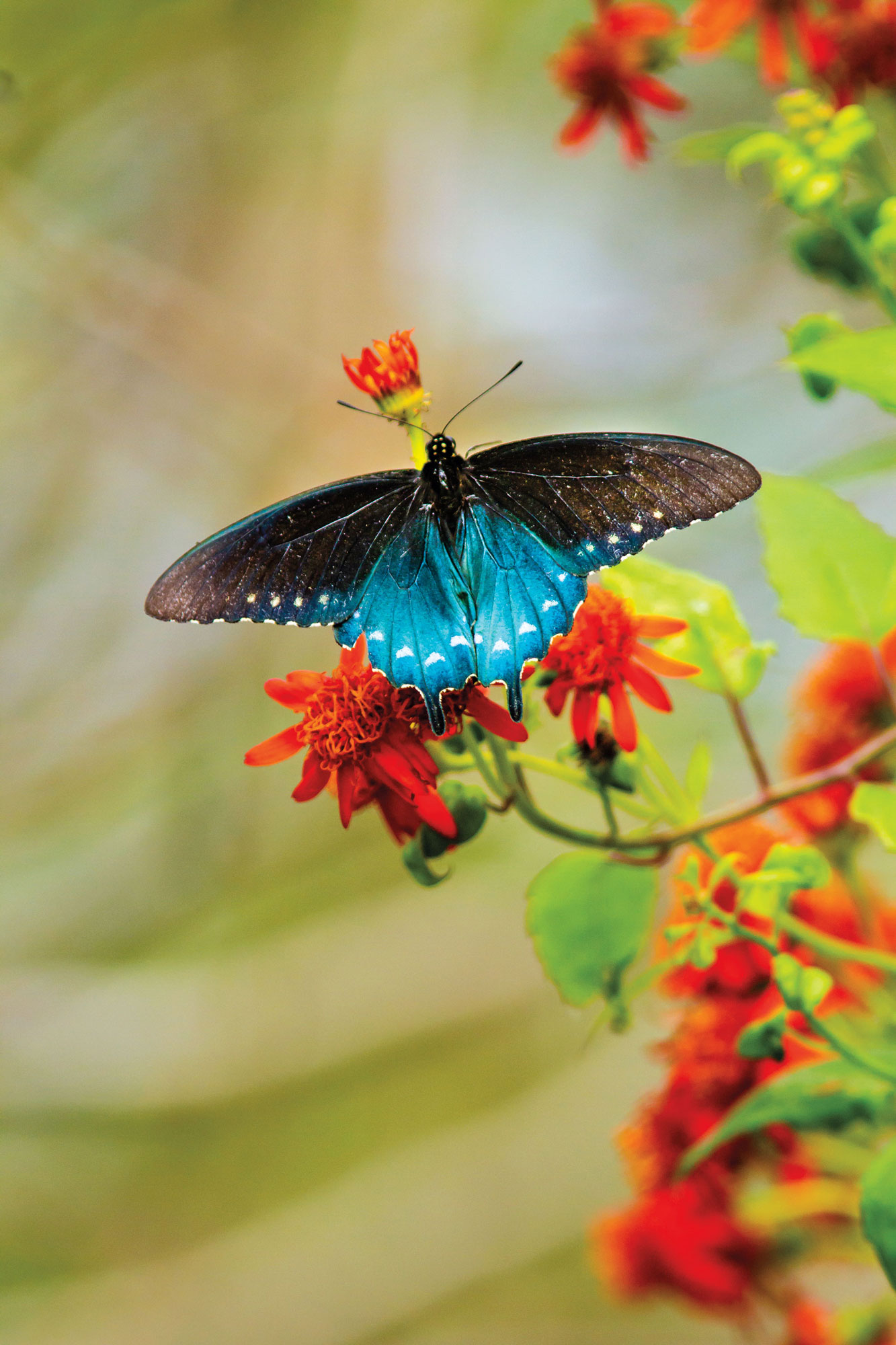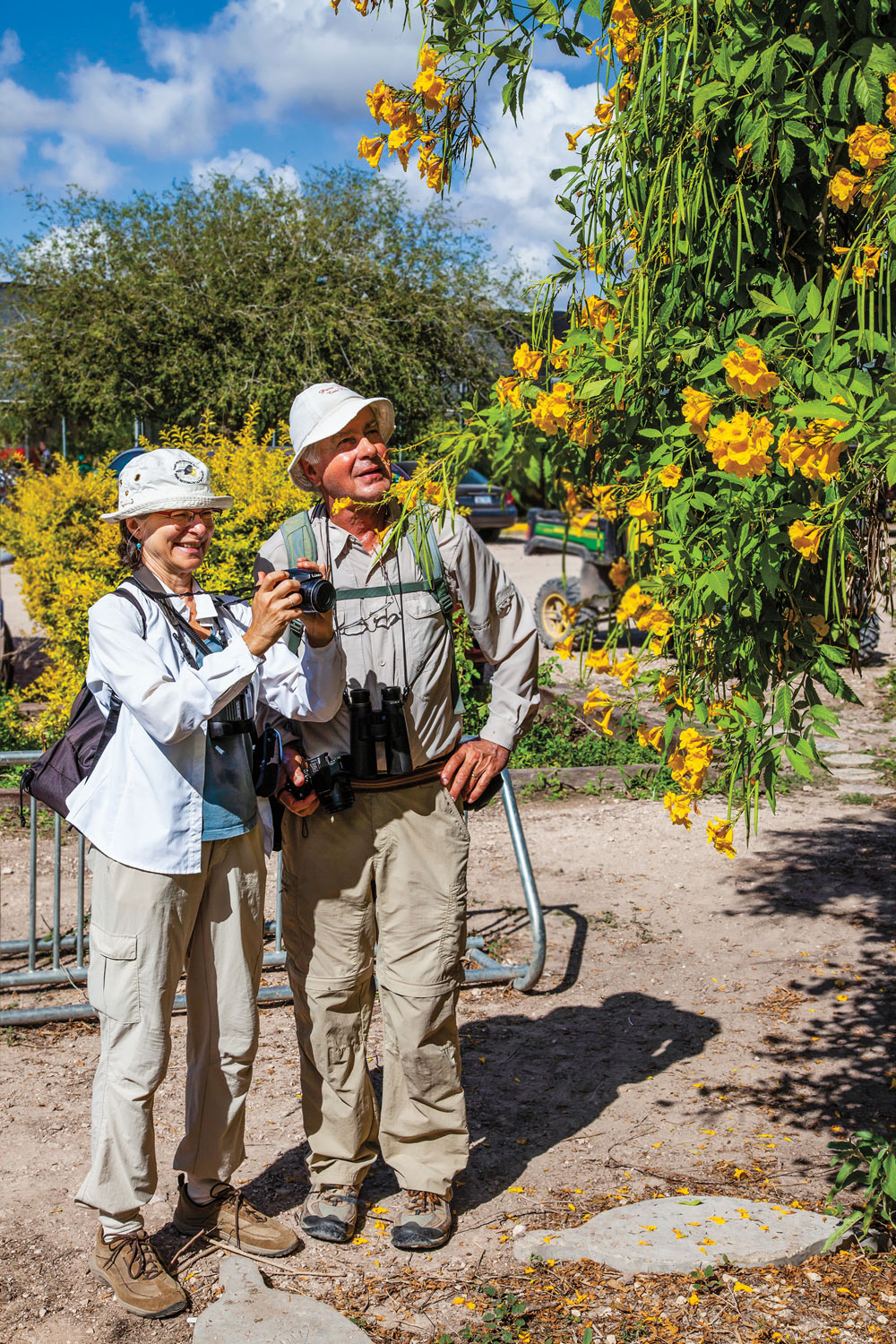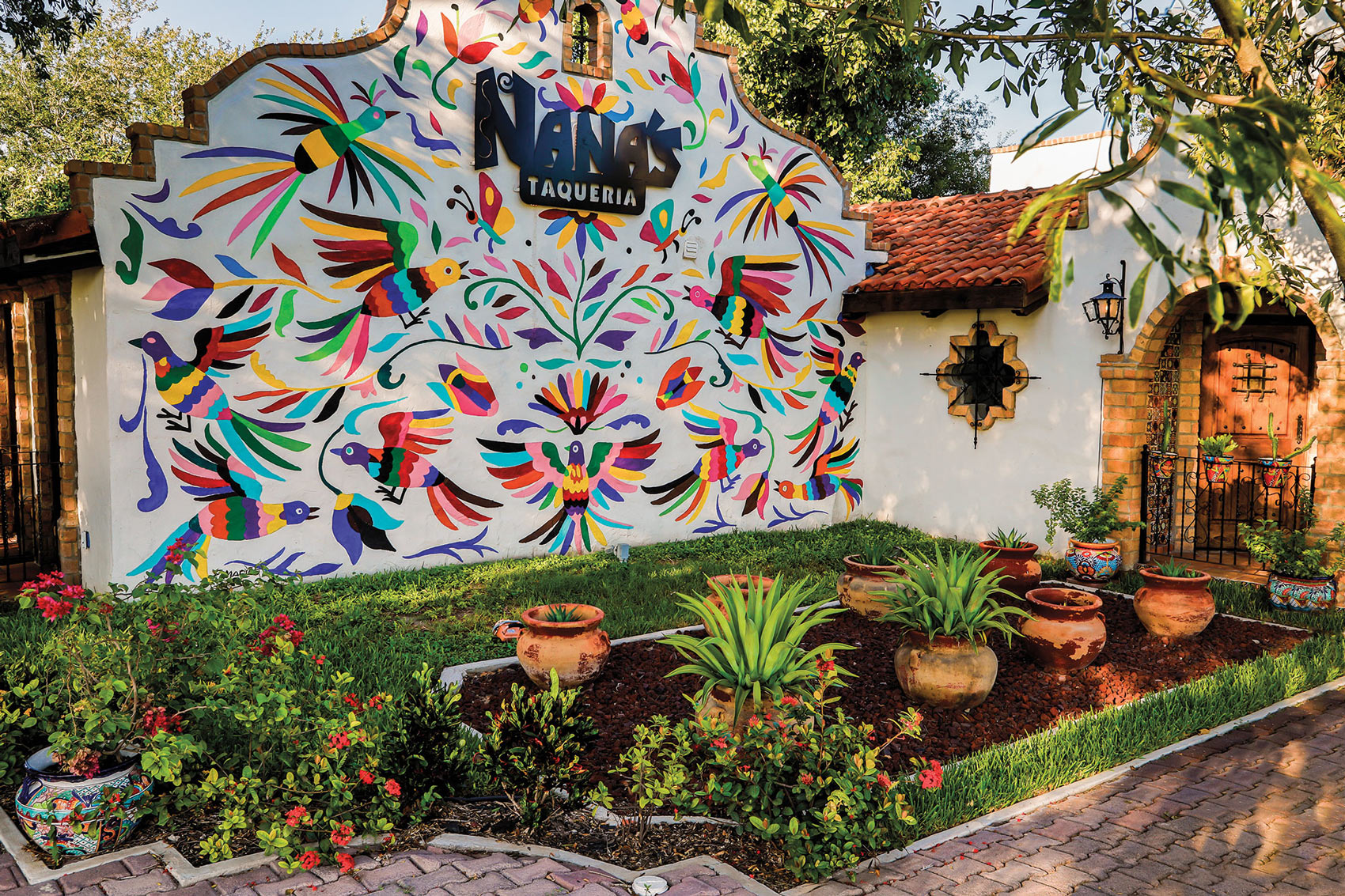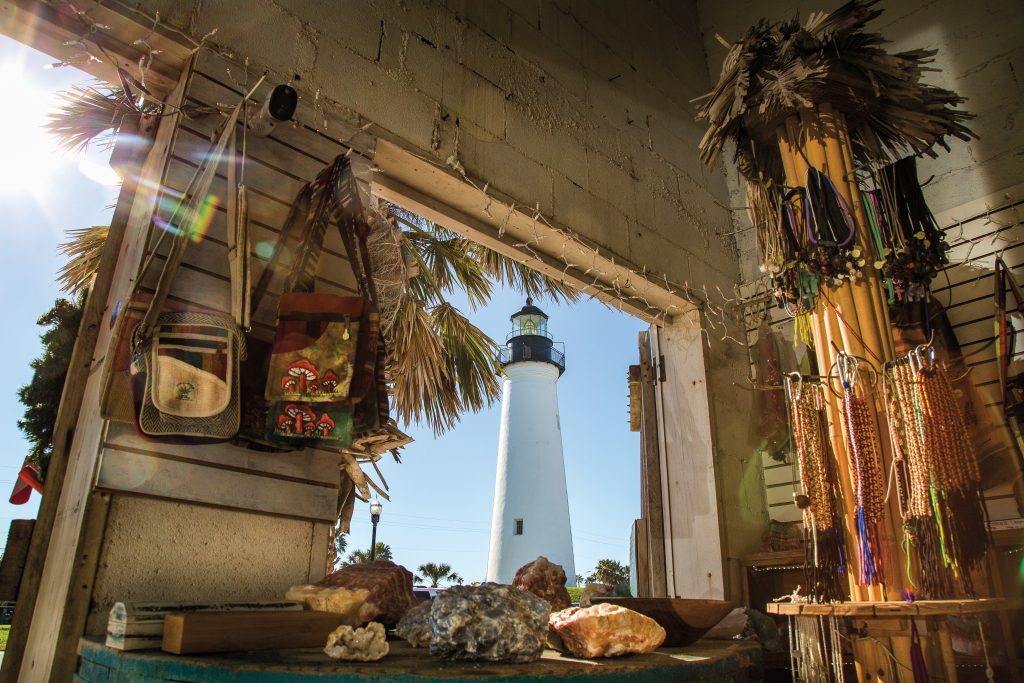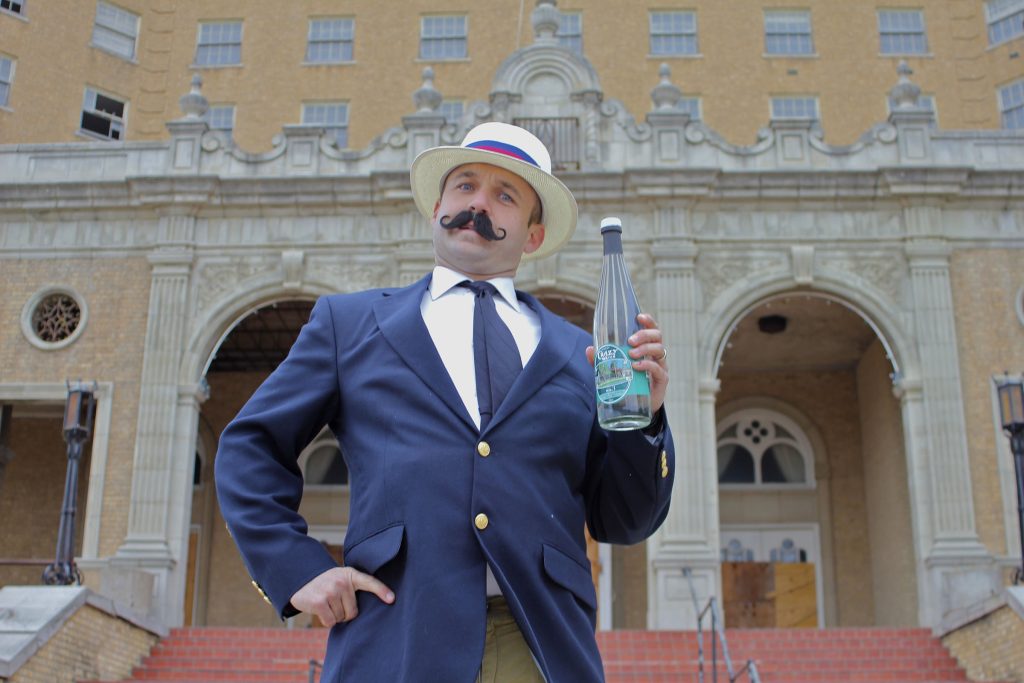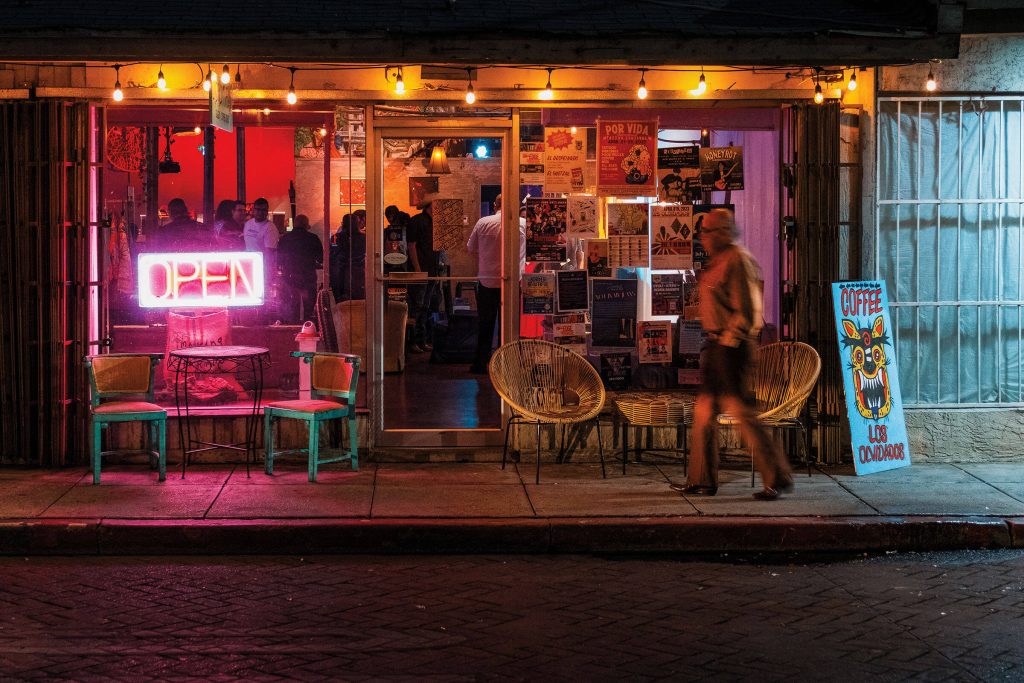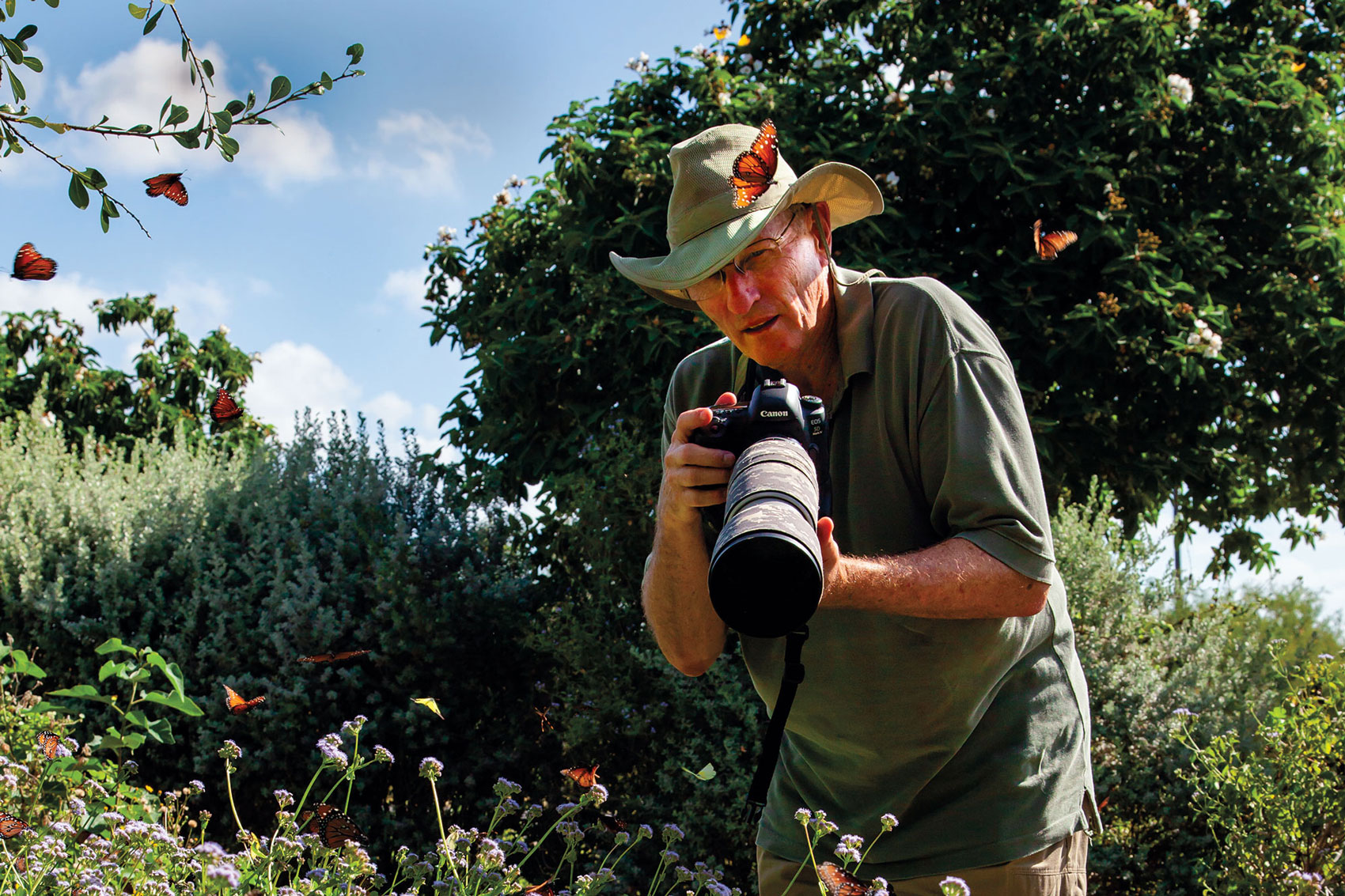
The Texas Butterfly Festival promises visitors “the best butterflying in America.” It might seem like hyperbole were the claim not backed up by the fact that the Rio Grande Valley contains a greater diversity of butterflies than anywhere else in the country—more than 300 species and counting, or roughly 40 percent of the butterflies in North America. You can see a great deal of them at the festival, which takes place the first week of November at the National Butterfly Center in Mission. All of those butterflies—condensed within a region that’s easy to traverse over a weekend—make a fall tour of the Valley a must-do on any Texas bucket list.
The weather in tropical South Texas is inviting year-round, but the very best time to see butterflies is October and November. That’s when monarchs are stopping over to rest and refuel at the halfway point of their transcontinental journey. If you time your trip just right, you might even glimpse the once-in-a-lifetime sight of hundreds of monarchs clinging to the branches of a single tree. But whether you catch the monarchs or not, you’ll soon find yourself strolling through sun-drenched gardens as hundreds of butterflies of every possible hue alight all around you. If you’re lucky—as I was during my own recent butterfly trail expedition—one might even land right on you.
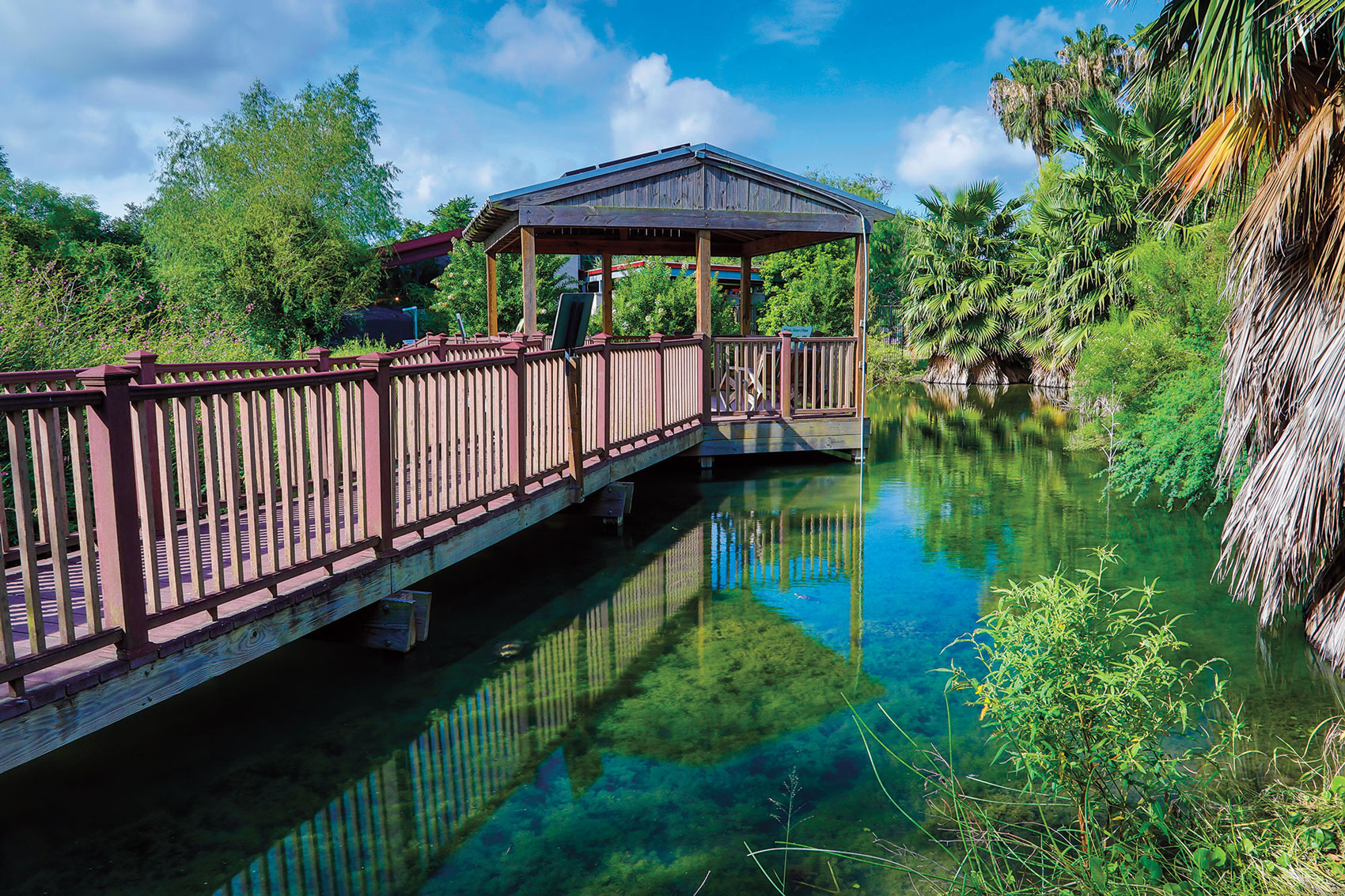
Friday
6 p.m.
Mission: Relaxation
Just up the road from the National Butterfly Center, The Bryan House bed-and-breakfast makes a terrific landing place. Owner Ariel King is a Texas master naturalist, and the grounds are a butterfly hot spot featured on eco-tours of the region.
The house itself was home to former Secretary of State William Jennings Bryan, a Nebraskan who began wintering in the Valley in 1909 because the warmer climate was beneficial to his wife’s arthritis. King has painstakingly restored the farmhouse to its former glory, complete with nods to both Bryan and butterflies in the form of campaign paraphernalia, butterfly-patterned pillows, and a library generously stocked with biographies and field guides.
Before you retire to bed, consider driving a few blocks to the Loretto Bistro, where you can enjoy a sumptuous dinner of fish tacos in homemade flour tortillas with a Sriracha-lime cream sauce
Saturday
9 a.m.
Butterfly, USA
Compared to birders, who hit the trails at the crack of dawn, butterfliers have it easy: Sun-loving butterflies don’t really become active until at least 9 a.m. That leaves plenty of time for savoring a homemade breakfast of waffles and tacos delivered piping hot to the kitchen table at the bed-and-breakfast.
Fueled for the day, head for the National Butterfly Center, which the North American Butterfly Association established in 2003 to further its mission of butterfly habitat conservation. The helpful staff in the visitor center can supply you with maps, field guides, and a butterfly checklist.
From there, it’s off to explore the center’s 100 acres of butterfly gardens, woodland trails, and bird- and butterfly-viewing areas. The sheer number of butterflies alone is cause for wonder, but what makes the experience truly incredible is the kaleidoscope of colors. Some of the more brilliant winged residents include enormous blue-and-purple pipevine swallowtails; electric-green malachites; and the zebra heliconian, whose black-and-white stripes really do resemble its namesake
For true butterfly enthusiasts, though, the flamboyant showstoppers are just part of the appeal. Executive Director Marianna Treviño Wright refers to the homeliest of specimens as Little Brown Jobbers, or LBJs. “There are lots of butterflies here that are really special and rare,” she says, “but to someone who doesn’t know butterflies really well, it’s like, ‘Oh, I just saw another LBJ.’”
1 p.m.
Winged Weslaco
Make a pit stop at La Estación Bakery in Mission, which offers a full menu of Mexican breakfast and lunch classics. Be sure to try the signature café lechero—coffee with milk prepared with a flourish right at your table—and an extra-large pan dulce.
About 20 miles east, the small city of Weslaco contains no less than three parks with well-developed butterfly gardens. Their close proximity to one another makes for an ideal destination.
Near the entrance of the Valley Nature Center, a sunny garden attracts notable species, including the rare tropical Erato heliconian. Behind the visitor center, an extensive network of trails is dotted with butterfly feeding stations. There you’ll find logs slathered with a mixture known as “butterfly brew,” made with ripe bananas, brown sugar, and dark beer. The beer continues the fermentation process to create a pungent, protein-rich food source the insects can’t resist.
The 15-acre urban nature sanctuary Frontera Audubon is another butterfly hot spot in town, while just outside the Weslaco city limits awaits Estero Llano Grande State Park. This 231-acre park is home to a unique spectacle: a thriving colony of Western pygmy blues, the smallest butterfly in North America. Estero Llano Grande also happens to be the place where a shimmering Mexican bluewing alighted on my shirt sleeve, an unforgettable experience that a fellow onlooker informed me is also an ancient sign of good luck.
6 p.m.
Music in the Air
Situated just down the road from Estero Llano Grande, Nana’s Taquería beckons with lonches, a variation on the taco that employs fried Mexican bolillo bread in place of the traditional tortilla. Come for the delectable street-food-inspired fare, but stay to enjoy live mariachi music and the signature chamoy (a sweet and spicy condiment) margaritas in the spacious open-air patio.
Sunday
9 a.m.
Vamos a la Playa
The beach is a little more than an hour away from Mission, but it’s well worth the drive—even more so if your arrival happens to coincide with the monarchs pausing at South Padre Island on their journey from Canada to central Mexico.
The most recent addition to the Valley’s network of ecotourism destinations is the South Padre Island Birding and Nature Center, situated on the Laguna Madre side of the island’s main thoroughfare. Every year in late October, the center hosts a Halloween weekend event called HalloWings, scheduled to coincide with the arrival of migrating monarchs. The exact date of this spectacle is impossible to predict, of course, since the monarchs’ departure depends on factors such as a cold front arriving to give them a little extra push in their southerly journey.
My trip, which I’d planned for the second week of November, happened to come a week too late. Still, park naturalist Javier Gonzalez showed me a video he’d taken of a single evergreen tenaza tree pulsating with the incredible sight of hundreds of butterfly royalty. “For one or two days,” Gonzalez said, “our gardens are filled with monarchs. Then they’ll just keep going.”
All the more reason, I thought, to hit the butterfly trail again next year.
Camp Out
Bentsen Palm Drive, located near the National Butterfly Center, is lined with RV parks catering to nature enthusiasts. One popular option is Bentsen Palm Village RV Resort, which borders Bentsen Rio Grande State Park and offers a wealth of hiking and biking trails. In addition to RV sites, the resort also offers cabin and casita rentals.
956-381-1500
bentsenpalm.com/active-adult/rv-resort
